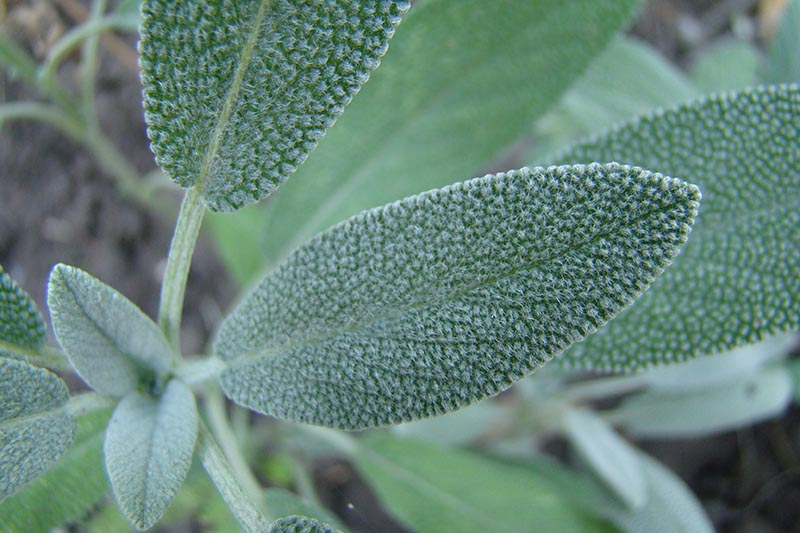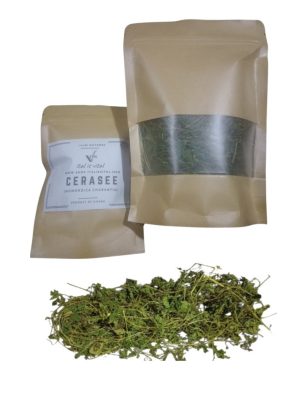Sage, also known as Salvia officinalis, is a widely recognized herb that is valued for its culinary and medicinal uses. Throughout history, it has been utilized in traditional medicine to address various health conditions, including diabetes. In this comprehensive overview, we will delve into the potential advantages of sage, particularly in addressing diabetes, as well as important considerations for its usage.
Natural Habitat:
Geographical Range:
- Native Region: Sage originates from the Mediterranean region, encompassing southern Europe and the Middle East.
- Global Cultivation: Presently, it is cultivated worldwide, especially in areas with climates akin to its native habitat, like North America, South America, and various parts of Europe and Asia.
Ideal Growing Conditions
1. Climate:
- Temperature: Sage flourishes in warm, sunny climates, thriving best in temperatures between 60°F to 70°F (15°C to 21°C), although it can withstand higher temperatures with sufficient watering.
- Frost Tolerance: While sage is resilient, it struggles in extreme cold. It can endure light frost but prolonged exposure to freezing temperatures may harm or kill the plant.
2. Soil:
- Type: Sage prefers well-draining, sandy, or loamy soil, struggling in heavy, waterlogged soil.
- pH: The ideal soil pH for sage ranges from slightly acidic to neutral, approximately between 6.0 and 7.5.
- Fertility: Sage does not demand highly fertile soil and can thrive in moderately fertile soil. Excessive nitrogen can lead to excessive leaf growth and reduced essential oil concentration.
3. Sunlight:
- Exposure: Sage necessitates full sun exposure for at least 6 to 8 hours daily. While it can tolerate partial shade, full sun is optimal for growth and essential oil production.
4. Water:
- Watering Needs: Once established, sage is drought-tolerant and prefers occasional, deep watering. Excessive watering can result in root rot and other fungal infections.
- Humidity: Sage prospers in regions with low to moderate humidity levels, as high humidity can encourage fungal diseases.
5. Spacing:
- Planting Distance: To ensure adequate growth, space sage plants approximately 18 to 24 inches (45 to 60 cm) apart.
Advantages of Sage in Diabetes Management
- Regulation of Blood Sugar:
- Hypoglycemic Effects: Several studies propose that sage possesses the ability to lower blood glucose levels. For instance, research has demonstrated that sage extract can enhance insulin sensitivity and decrease blood sugar levels in animal models with diabetes.
- Enhanced Glucose Metabolism: Sage may facilitate the uptake of glucose in cells and improve overall glucose metabolism, thereby aiding in the effective management of blood sugar levels.
- Antioxidant Properties:
- Reduction of Oxidative Stress: Sage is abundant in antioxidants, which play a crucial role in combating oxidative stress, a contributing factor to the complications associated with diabetes.
- Cellular Protection: The antioxidants present in sage help safeguard cells from damage caused by elevated blood sugar levels.
- Anti-inflammatory Effects:
- Reduction of Inflammation: Chronic inflammation is linked to insulin resistance and complications arising from diabetes. Sage possesses anti-inflammatory properties that may assist in reducing inflammation and enhancing metabolic health.
- Cholesterol and Lipid Profile:
- Lowering of Lipids: Certain studies have indicated that sage can contribute to the reduction of LDL cholesterol and triglyceride levels, while simultaneously increasing HDL cholesterol. This is particularly beneficial for cardiovascular health in individuals with diabetes.
General Health Benefits of Sage
- Enhanced Cognitive Function: Sage has a long history of being used to improve memory and cognitive function. Several studies have provided evidence supporting its potential to enhance brain function and potentially protect against neurodegenerative diseases.
- Improved Digestive Health: Sage possesses carminative properties, which means it can alleviate digestive issues such as bloating and gas.
- Antimicrobial Properties: Sage has been utilized for its antimicrobial properties, making it effective in treating infections and promoting oral health.
Considerations for Using Sage
- Dosage and Forms: Sage can be consumed in various forms, including fresh or dried leaves, teas, extracts, and essential oils. It is crucial to use sage in appropriate dosages, as excessive consumption can have effects.
- Potential Side Effects: While sage is generally safe when used in culinary amounts, consuming large doses or using sage essential oil for an extended period can lead to side effects such as nausea, vomiting, or restlessness. High amounts of thujone, a compound found in sage, can be toxic.
- Interactions with Medications: Sage may interact with certain medications, particularly those used for diabetes and seizures.
Medicinal Aspects of Sage
- Foliage:
- Primary Medicinal Component: The leaves of sage are the most frequently utilized part in both traditional and contemporary herbal medicine.
- Structure and Preparation: Sage leaves can be utilized either fresh or dried. They are commonly brewed into teas, tinctures, extracts, or incorporated as an element in various herbal concoctions.
- Essential Oil:
- Extraction Process: Sage essential oil is derived from the leaves and occasionally the flowering tops through steam distillation.
- Applications: The essential oil is highly concentrated and is employed for its potent antiseptic, anti-inflammatory, and antimicrobial characteristics. It is frequently utilized in aromatherapy, topical applications (when diluted), and at times in internal preparations under professional supervision.
Specific Medicinal Benefits of Sage
- Antioxidant Characteristics:
- Combating Oxidative Stress: Sage leaves are abundant in antioxidants, such as rosmarinic acid, which aid in shielding the body’s cells from harm caused by free radicals.
- Anti-inflammatory Properties:
- Decreasing Inflammation: Compounds found in sage, including ursolic acid and carnosic acid, have demonstrated effectiveness in reducing inflammation, making it beneficial for conditions like arthritis and other inflammatory ailments.
- Antimicrobial Features:
- Combating Infections: Sage possesses potent antimicrobial properties, which can assist in the treatment of infections and wounds. The essential oil is particularly efficacious in this aspect.
- Cognitive Well-being:
- Enhancing Memory and Focus: Sage has a history of being used to enhance memory and cognitive function. Some research supports its potential advantages in boosting mental performance and potentially safeguarding against neurodegenerative illnesses.
- Digestive Health:
- Assisting in Digestion: Sage leaves are employed to alleviate digestive problems such as bloating, gas, and indigestion. It contains carminative properties that aid in the digestive process.
- Menopausal Symptoms:
Easing Hot Flashes: Sage has been utilized to help alleviate symptoms of menopause.
Preparation and Use
- Sage Tea:
Preparation: Steep 1 to 2 teaspoons of dried sage leaves in a cup of hot water for about 10 minutes. Strain and drink. Sage tea can help with digestion, sore throats, and general health. - Tinctures and Extracts:
Concentrated Form: Tinctures and extracts provide a more concentrated dose of sage’s active compounds and can be used for various medicinal purposes under professional guidance. - Essential Oil:
Topical Use: Sage essential oil can be diluted with a carrier oil and applied topically to treat infections, wounds, or muscle aches.
Aromatherapy: Inhalation of sage essential oil can help with respiratory issues and improve mental clarity.
Conclusion
Sage shows promise in managing diabetes by helping control blood sugar levels, reducing oxidative stress, and decreasing inflammation. However, it is important to exercise caution, especially when using medicinal amounts of sage, and seek guidance from a healthcare professional. Including sage as part of a balanced diet and healthy lifestyle can contribute to overall health and diabetes management.
References
1. Sage extract improved glucose homeostasis and reduced blood glucose in diabetic rats (https://www.ncbi.nlm.nih.gov/pmc/articles/PMC5318325/)
2. Antioxidant properties of sage (Salvia officinalis) on diabetic complications (https://www.ncbi.nlm.nih.gov/pmc/articles/PMC3892795/)
3. Anti-inflammatory properties of sage in diabetes management (https://www.ncbi.nlm.nih.gov/pmc/articles/PMC3195546/)
4. Sage’s lipid-lowering effects (https://www.ncbi.nlm.nih.gov/pmc/articles/PMC5426284/)














